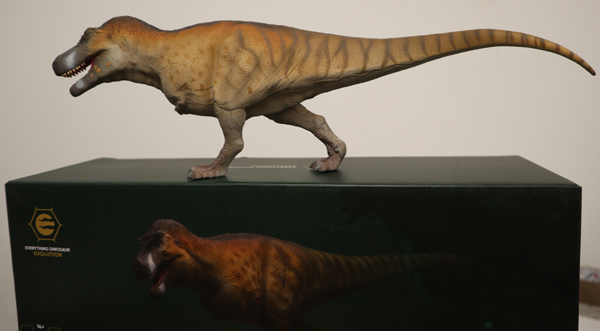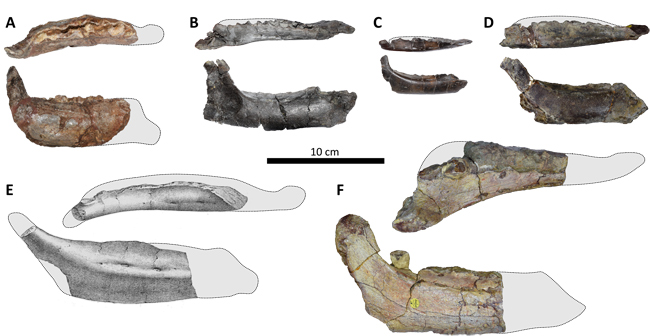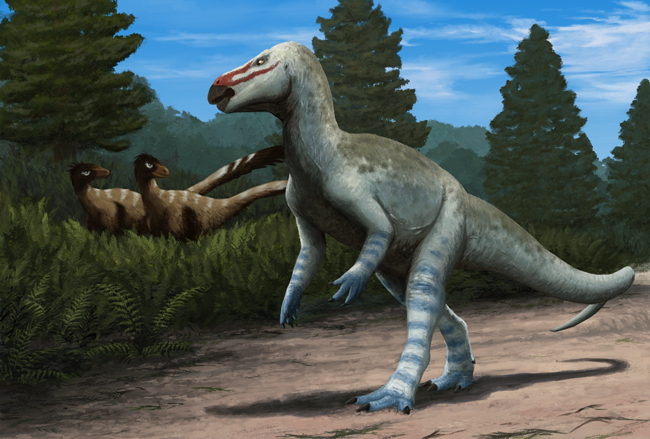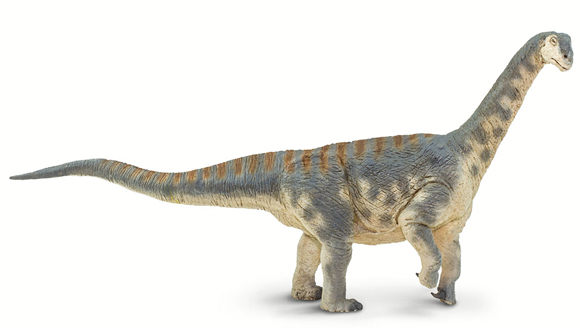Pictures of fossils, fossil hunting trips, fossil sites and photographs relating to fossil hunting and fossil finds.
The Amazing Skin of a Young Diplodocus
Our thanks to the media team at the Elevation Science Institute for providing Everything Dinosaur with images of juvenile diplodocid fossil skin. These remarkable fossils have yielded exciting new insights into sauropod integument. For example, scanning electron microscopy has revealed evidence for colour patterning in sauropod skin. For the purpose of this study the fossil material was ascribed to the Diplodocus taxon. However, the researchers state that subsequent analysis might lead to a re-evaluation of the taxonomic classification.
Scanning electron microscopy reveals two distinct microbodies within the potential outermost epidermal layer. The first has an oblong-shape and has been interpreted as evidence of melanosomes. The nature of the second disc-shaped microbody is unclear, but their flat shape is reminiscent of platelet melanosomes, though they are smaller in size.
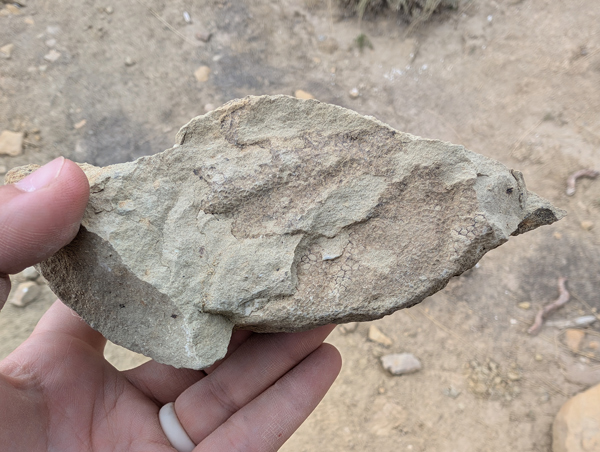
Elevation Science staff member holding a sample of Diplodocus fossilised skin Picture credit: Skye Walker/Elevation Science Institute.
Picture credit: Skye Walker/Elevation Science Institute
Analysing the Integumentary Covering of a Juvenile Diplodocid
This is the first reported evidence of colour patterning in a sauropod. Preserved microbodies with different shapes in the fossil scales of juvenile sauropods is interpreted as fossil melanosomes within preserved epidermis. Sauropods could have been as brightly coloured as birds. The study was published earlier this month. Lead author Tess Gallagher is from the University of Bristol. Other organisations involved in the research include The Chinese University of Hong Kong, Cincinnati Museum of Center (Ohio) and the Elevation Science Institute (Montana).
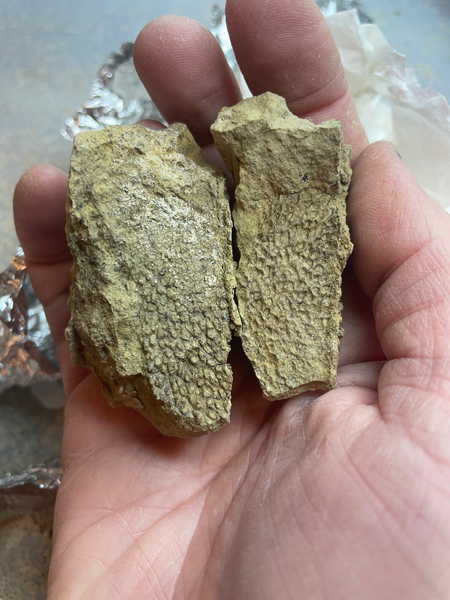
Elevation Science staff member holding Diplodocus skin in the Cincinnati Museum Center Paleo Prep Laboratory. Picture credit: Katie Hunt/Elevation Science Institute.
Picture credit: Katie Hunt/Elevation Science Institute
Everything Dinosaur acknowledges the assistance of a media release from the Elevation Science Institute for Natural History Exploration in the compilation of this article.
The scientific paper: “Fossilized melanosomes reveal colour patterning of a sauropod dinosaur” by Tess Gallagher, Dan Folkes, Michael Pittman, Tom G. Kaye, Glenn W. Storrs and Jason Schein published in the Royal Society Open Science.
For sauropod models and other dinosaur figures: Dinosaur and Prehistoric Animal Figures.





